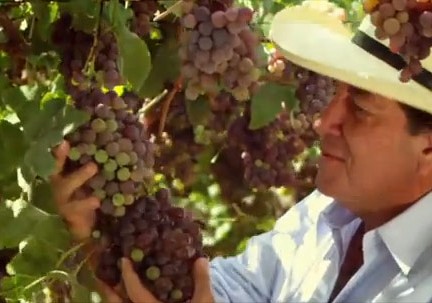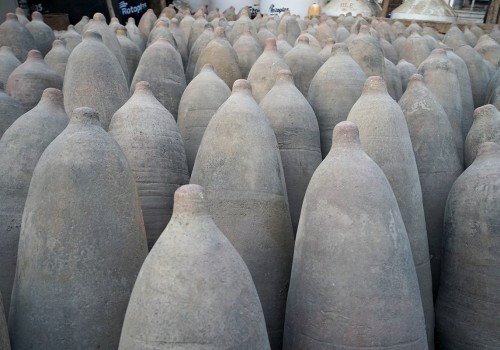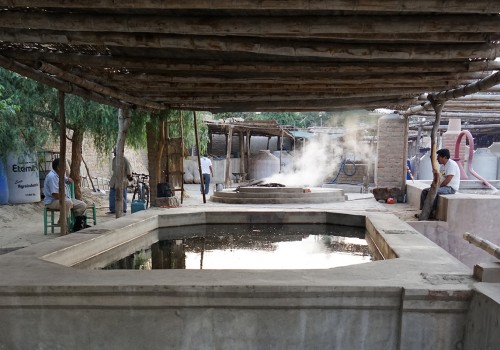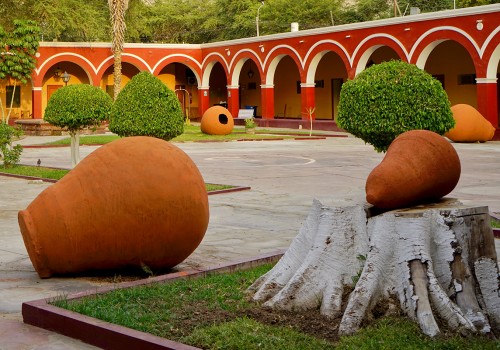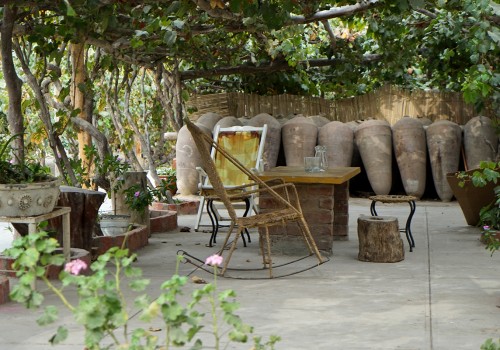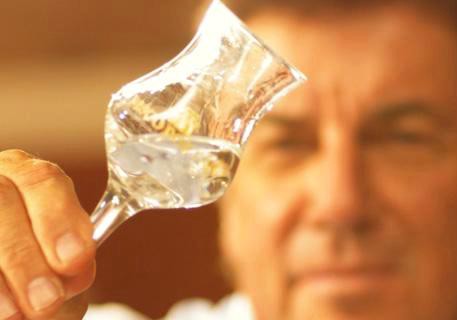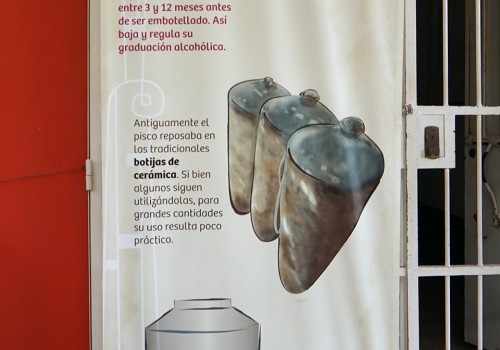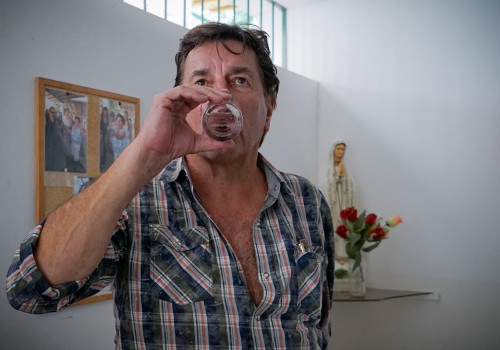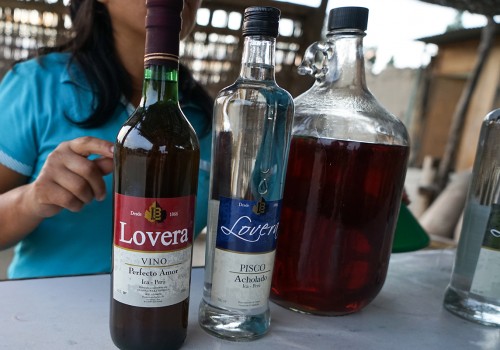Pisco, The Spirit of Peru
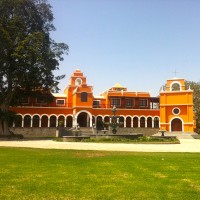
Pisco, The Spirit of Peru
Story by Terry Tremaine
Photos by Connie Ekelund
After having removed Machu Pichu from our bucket list we headed south of Lima for a totally different Peruvian experience. The Ica region of south coast Peru is primarily a desert region with a year round warm climate that due to an underground water table has been turned into a very dynamic agricultural area. The region enjoys full employment as a result of its agricultural exports including large volumes of asparagus which most Peruvians don’t even eat.
But the most interesting aspect of this growing region is the grapes grown to produce Pisco, a distilled spirit made from the juice of grapes. Apparently, the Spanish, after conquering the area, first introduced growing grapes for wine. After the wine production came to compete with Spanish domestic wine the Spanish government introduced protective barriers which were got around with the introduction of Pisco.
Our host for the tour of the region was Porton Master Distiller, Johnny Schuler, long-time Pisco ambassador to the world. Porton is produced by the oldest distiller in the Americas, Hacienda la Caravedo, established in 1684. Just as in wine there are strict guidelines governing the production of Pisco and where it comes from. There are eight grape varietals utilized and the spirit is distilled to proof unlike most spirits which are generally watered down after distillation. In its distillation Pisco is made in small batches, crafted in traditional copper pot stills and left unaged or unaltered so not even water is added.
Hacienda la Caravedo, is an extensive property with many excellent facilities and encourages visitors as do other distillers in the region. We visited Bodegas Vinas de Oro which opened its doors in 1983 with a large property focused on seven varietals.
As well we visited Bodega El Catador and Tres Generaciones two different distillers each owned by one of two brothers and situated side by side making for a great two-in-one destination. El Catador lets tourists join a symbolic stomping of the grapes during the March harvest season. What’s most interesting is seeing large sophisticated Pisco producers adjacent to local boutique producers principally serving themselves and the local community. It becomes very apparent how much Pisco is part of the culture and for a very long time.
A visit to the Ica region does not have to be limited to Pisco. The area attracts tourists because of its natural beauties. A good example is Las Islas Ballestas a nature reserve. The very unusual rock formations making up the small islands comprising the reserve provide a sanctuary for both bird and marine life including penguins, sea lions and blue footed boobies. It makes for a captivating boat tour which lasts about two hours from the town of Paracas. The Paracas region within the Region of Ica makes for fascinating contrasts particularly the sand dunes beside huge agricultural fields. The one conundrum is the underground water table is being depleted by the huge increase in agricultural production and a solution has to be found before its
gone in an estimated 15 to 20 years. We stayed at the Hotel La Hacienda Bahia Paracas. This very comfortable property is beachfront on the shores of the Bay of Paracas.
This travel experience was truly an eye opener and much like visiting a wine region. The opportunity to visit various distillers and sample their product while gaining an understanding of the knowledge required and the skill employed to prepare this highly quaffable liquor was unique. If you don’t have an opportunity to go, at least check to see if you can find Porton on your local shelf.


